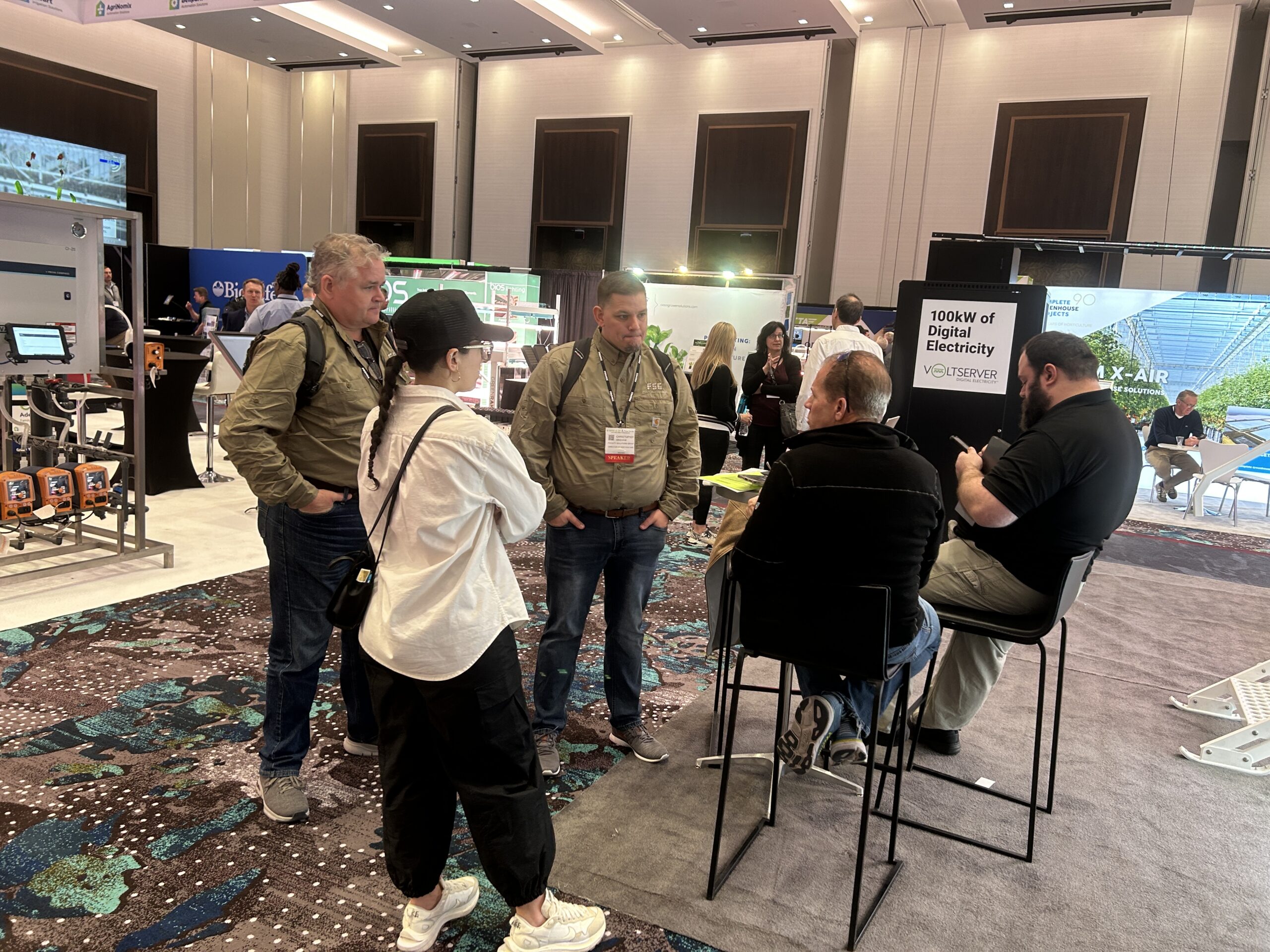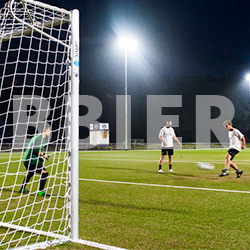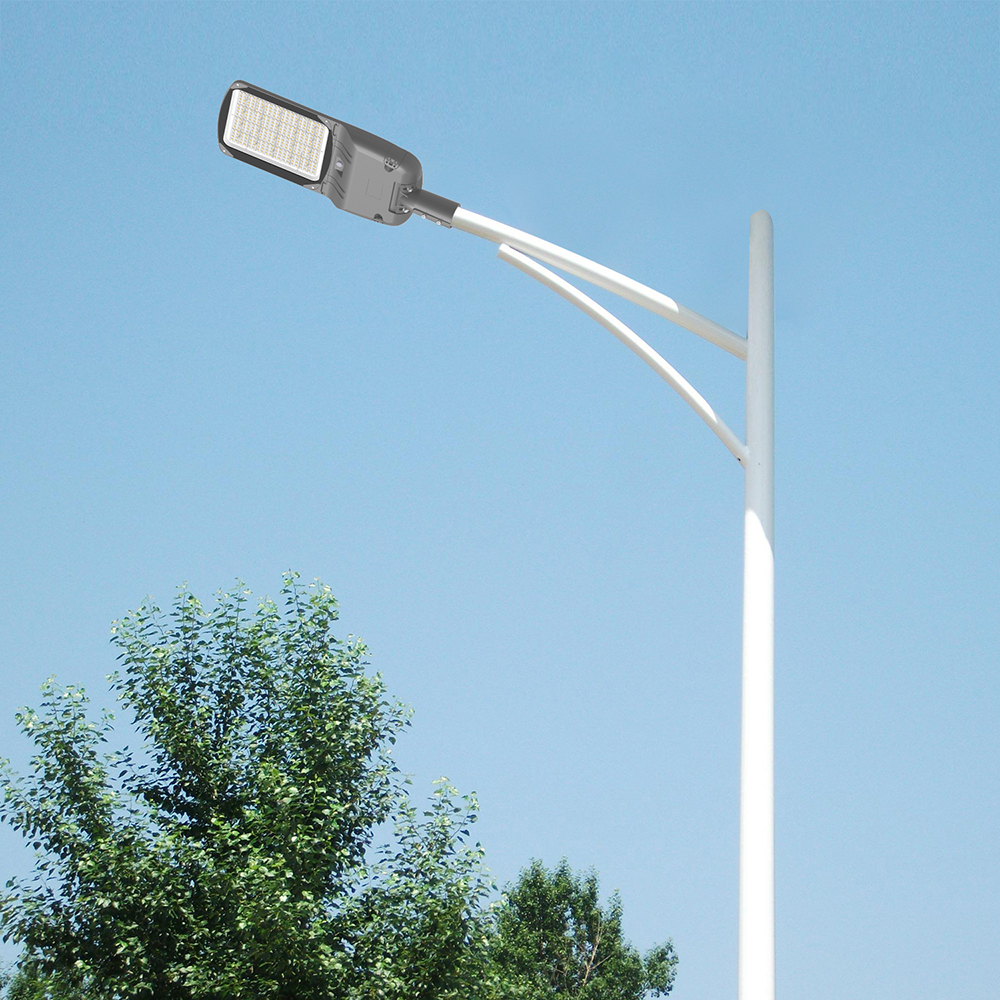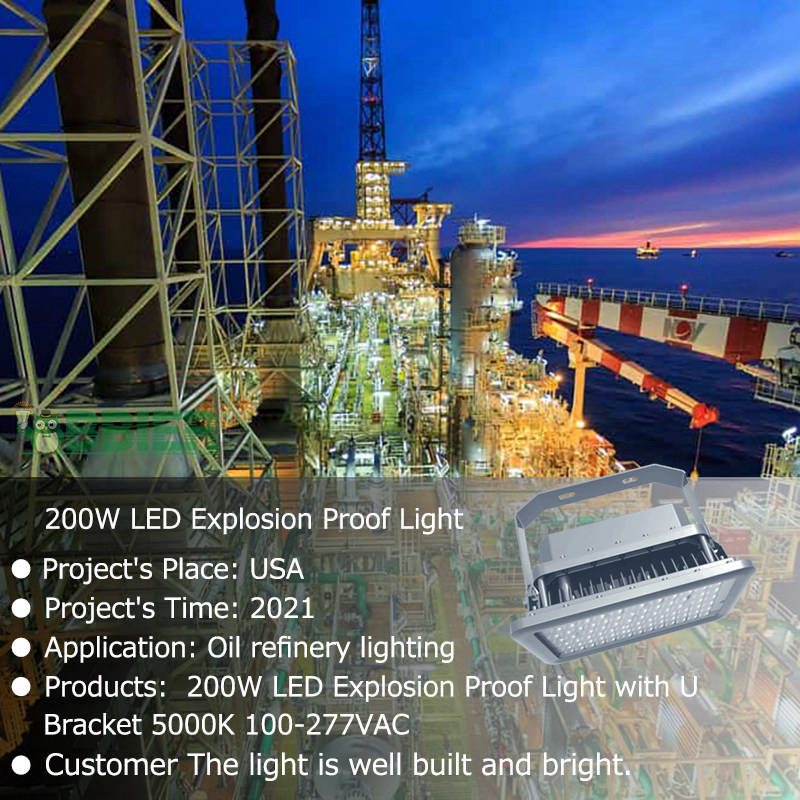Alzheimer’s disease is a terrible fate for anyone. Millions of new cases are diagnosed each year in the United States. Millions of friends, relatives and loved ones have been affected by watching someone they once knew seemingly disappear from this world.

We all know that the most notorious symptom of Alzheimer’s is memory loss, for which there is currently no cure. But other symptoms of Alzheimer’s, which manifest alongside memory loss, may be the most difficult to treat successfully.
People with Alzheimer’s also have depression, anxiety, irritability and sleep problems. These symptoms, along with the gradual loss of memory, make sufferers more lonely, confused and depressed.
Fortunately, these symptoms are treatable. However, it requires an approach to health care that goes beyond medicine, doctor visits and consultations. In order to give these patients more peace, we must pay attention to their environment.
Use light to improve patients’ symptoms
Dr. Mariana Gigueiro of the Illuminating Research Center has conducted a rigorous scientific investigation into how specific environmental factors improve patients’ symptoms. See the Full illumination study in the Journal of Clinical Sleep Medicine.
Is that a factor? light
As Dr. Figueiro details in his extensive study, light levels have a profound effect on people, especially their circadian rhythms. For example, low indoor light levels can cause people to feel more tired and irritable.
So what happens if light levels are too low for Alzheimer’s patients? Studies have shown that too little light during the day and too much light at night can have a noticeable impact on patients’ health and quality of life.
Lighting Intervention Therapy
This study used a method called lighting intervention. These environments are specifically created (and illuminated) to affect the patient’s circadian rhythm. This study used conventional room lighting and illuminated tables to study patient reactions.
Nearly 50 patients participated in the 14 week study; As both an active participant and a controlling participant. Is the result compelling and significant?
The study was conducted at four assisted living facilities and four long-term care facilities in New York State.
Patients receiving active lighting intervention had significantly reduced sleep problems, depressive symptoms, and irritability symptoms.
This improvement not only improves the quality of life of patients, but also makes the nursing work of doctors and nurses easier?
All this boils down to a circadian rhythm. The circadian rhythm is the natural clock of our body, which depends heavily on the light entering our eyes. (Interestingly, light must enter the eye to significantly affect a person’s circadian rhythm. Light does not have a role to play.)
That’s why, as a creature that wakes up during the day and sleeps in the dark, humans have formed our “standard” sleep pattern?
By using very specific, focused lighting levels – eliminated in a controlled environment – CDRS. Figueiro and her team can help patients return to a more normal sleep mode. This in turn leads to more active patients and fewer depressive symptoms.
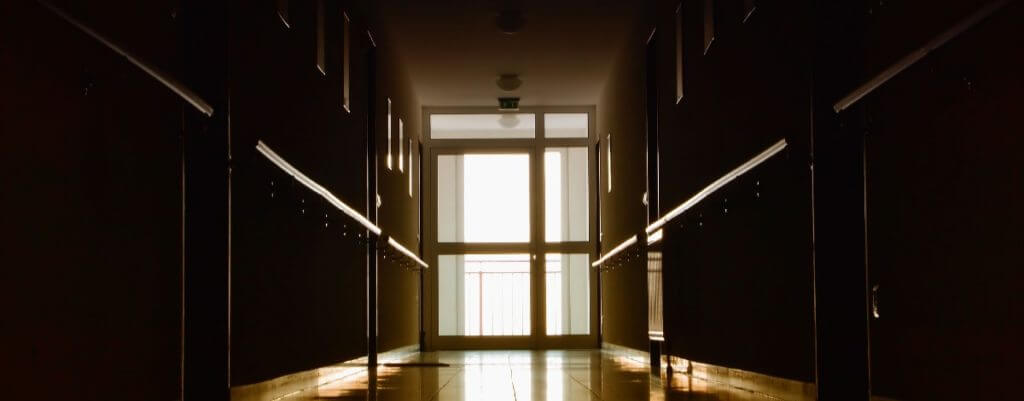
Lighting solutions are suitable for people
Although this “mild treatment” can never cure the core symptoms of Alzheimer’s disease, it is important for treating other related symptoms that are almost impossible to treat. Can simply helping Alzheimer’s patients get better sleep have a significant impact on their overall comfort level?
Therefore, using light with specific intent to improve a patient’s sleep pattern is just another tool in our technical toolkit. For us at FSG, this is a comforting thing.
Of course, our focus is on the facilities and the people in the facilities. Our mission is to help businesses and organizations obtain the best facilities and keep people at their best.
Designing lighting solutions for a company is one thing. Providing peace, comfort, and relief to those most in need is quite different.
Thank our partners, GE Current, OSRAM Sylvania, and others for providing the lighting products used in this research project.
BBIER®, Professional Commercial LED Lighting LED Dock Lights factories, Canopy Lights factories, Corn Bulbs factories, Gas Station Lights factories, Grow Lights factories, Linear Lights factories, Temporary Lights factories, UFO High Bay Lights factories, Explosion Proof Lights factories, Flood Lights factories, Garden Lights factories, Post Top Lights factories, Parking lot lights factories, Sport Lights factories, Stadium Lights factories, Street Lights factories, Wall Pack Lights factories, Solar Post Top Lights factories, Solar Street Lights factories, Classroom Lights factories, Emergency Lights factories, Exit Signs factories. We have over 13 years of commercial lighting R&D experience, 50+ LED lights patents, 200+ LED Lights Certifications, Support OEM & ODM, 5 Years Warranty.

